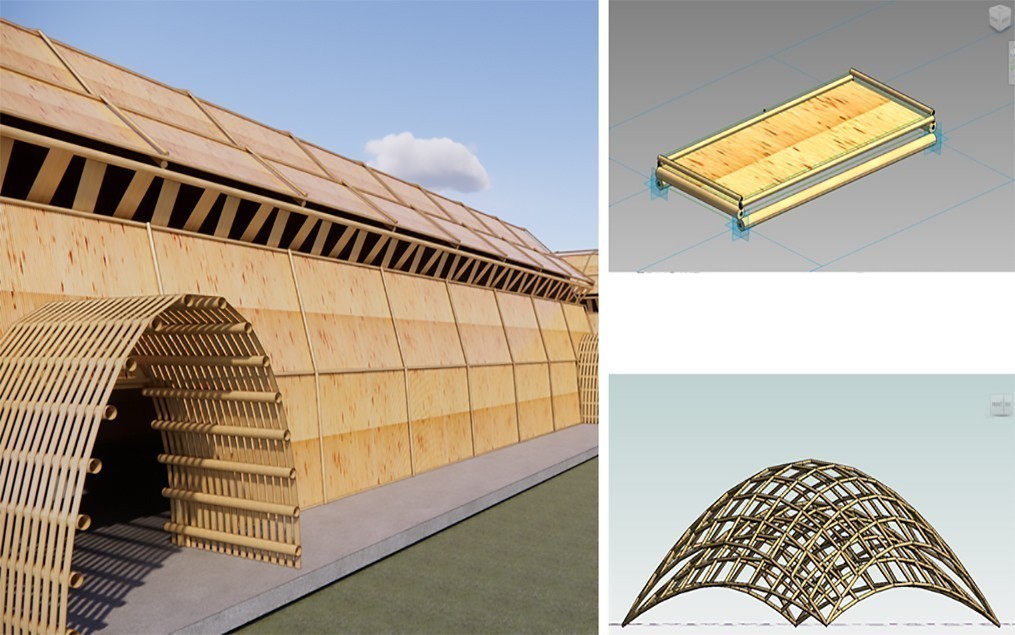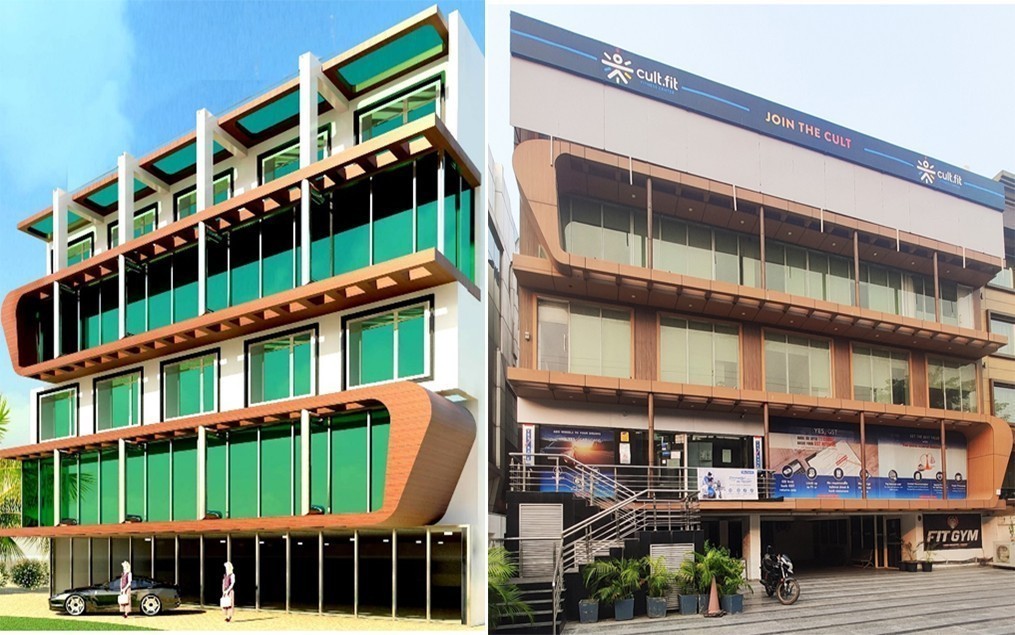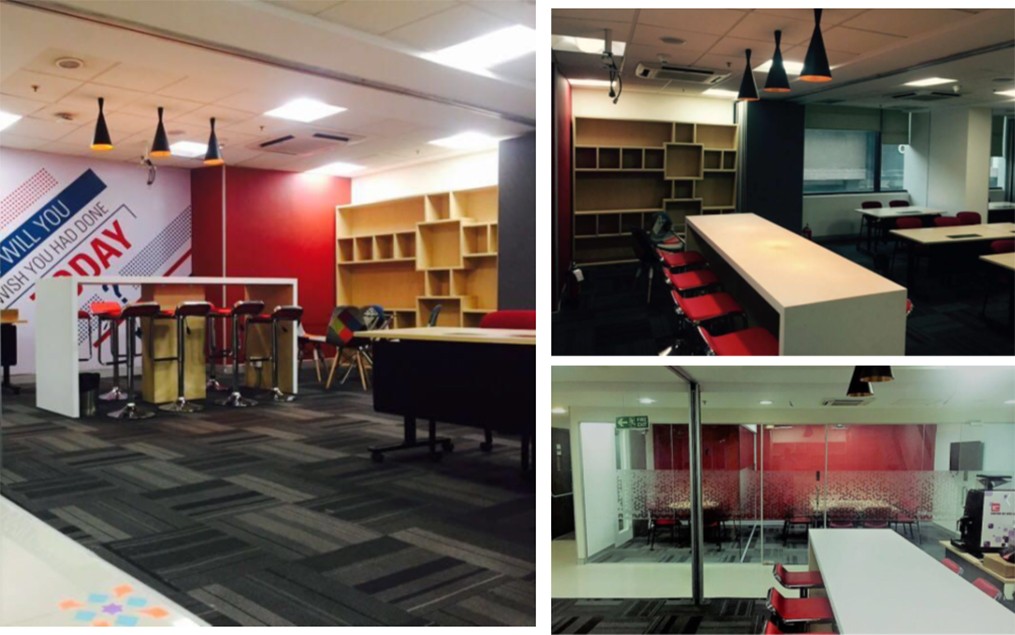
Analysis of Active Recreational Zones in Delhi
Abstract
There are insufficient amount of sport and physical activity practices globally, largely due to changes in lifestyle such as inactive work. Urban lifestyle is resulting in sedentary forms of recreation such as watching television and working on computer. Current city planning is enhancing excessive use of passive modes of transport. These factors combined are causing many health issues such as obesity and diabetes. Better quality of life begins with better health. Health issues are costly for country both in terms of finance and time that results in national loss. Prevailing conditions are creating a barrier for required amount of activity. With lack of space and time to achieve the goal required for physical fitness, conditions are worrisome. Number of private sectors are coming up with innovative solutions to address the problems of inactivity and fitness. A general observation of existing trends depicts an increase in gym and allied fitness centers. There is also a rise in number, scale and proportion of running events organized. Recreational activities promote a spirit of mutual support and concern among
citizens. Recreation is a human need and these activities diverge with age, sex, skills etc. this need can be spontaneously fulfilled depending upon adequacy and quality of open space. Delhi as a city has a number of open spaces for residents to practice recreational activities. A few of special designed areas such as district parks and sports complexes were conceptualized for the purpose of promoting physical activities among citizen within walkable distances. These spaces besides are designed with a goal to provide accessibility to general public who can’t afford membership of affordable clubs. Analysis of the implementation of these facilities and their impact on health of citizens is however important. This paper aims to highlight various planned recreational spaces available in Delhi and analyze the government policies that impact these spaces
Keywords— Recreation; Delhi; Policy; Master Plan; Open Spaces
I. UNDERSTANDING ACTIVE RECREATION
Recreation is looked at not only a source of physical activity, but also a basis of human interaction and communal celebrations. Recreational activities can be categorized into active/ passive, formal/ informal, organized/ unorganized, indoor/ outdoor. Australian State/Territory and Federal Governments within the National Sport and Active Recreation Policy Framework defines active recreation as “activities engaged in for the purpose of relaxation, health and wellbeing or enjoyment with the primary activity requiring physical exertion, and the primary focus on human activity.”
II. NEED FOR ACTIVE RECREATION POLICY
Disparity of percentage of people interested in sports to actual participation raises a concern in case of India. With percentage of people being less than one percent, one might feel that recreational activities aren’t preferred. According to ICMR_INDIAB study conducted in 2014, of the 14227 individuals studied in phase 1, 54.4% were inactive and 13.7% were highly active. Subjects were more inactive in urban areas (65%) compared to rural areas (50%). According to WHO, Physical inactivity is estimate to directly cause 3.2 million deaths globally, while also indirectly contributing to diseases and death resulting from factors including high blood pressure, high cholesterol and obesity. There is a disparity in demand and supply of recreational activities. A contrasting data demonstrates a constant rise in number of marathons organized in India. Besides these, annual events such as World Yoga day to promote awareness about health issues has seen successful participation of citizens in such occasions. As per PwC, fitness market is growing at the rate of 18%-20% annually. Statistical analysis of comparison of fitness health index of various cities carried out by Economic times and number of successful events organized in Delhi per year shows enthusiasm of residents of Delhi for recreational activities and thus need for policies to align facilities available for meeting demand of recreational activities.
III. ACTIVE RECREATION IN DELHI
Historically speaking, New Delhi, as planned by Sir Edward Lutyens in 1916 was based on three major functions- commercial, government and recreational. India Gate & national stadium planned at heart of city was designed for same recreational purpose. In master plan 1961, a statement was laid as a base for active recreation. It stated “Certain natural features like the river front and the ridge will have to be developed, together with other regional parks to provide active recreation to the people of whole area”. Delhi as a city has 17% open space in its zonal plan which is much larger green space cover compared to a number of other metropolitan cities. Recreational, Open Spaces and Greenery project of DDA is categorized under following sub heads: Regional Parks District Parks Neighborhood Parks City Forests Historical Landscapes Sports Complexes Landmark Greens Green Belts Tot Lots As per DDA, currently there are 14 sports complex, two golf courses, 96.1 Hectare of land for play fields besides stadiums for sports. The area under recreational/green use i.e. 7145 hectare is in the form of District Parks, City Parks, and Community Parks etc. comprising around 15 percent of the total urban land area. Master Plan 1961 of Delhi defines planned open spaces for functional recreational activities. It states “A system of linked open spaces and district parks has been worked out for the entire urban area of Delhi related to the proposed pattern of residential densities. These district parks are for the higher secondary school age group and for adults. The local parks are for primary school age children and should be within walking distance.” Standards for parks and playgrounds for 15,000 population (except in Old city) as per MPD 1961: Importance of recreational activities was emphasized in Delhi Master Plan 2001. Sports was sub categorized under Social infrastructure and planned emphasis was laid for developing sports areas for all age groups. Sports facilities provided in Delhi were sub categorized.
IV. CASE STUDY AND ANALYSIS
Nature and characteristics of open spaces are attributed to location. Analysis of Delhi city plan depicts an imbalance in planning of spaces. 76 percent of the Delhi’s planned open space is located to the south of the ridge, mostly previewed as elite, high income localities of Delhi. Only two percent of open space is located in East Delhi as per the survey map of Delhi Urban area. Although, the characteristics of open spaces vary from one region to another, to formulate a basis of study, distribution of open spaces within one of the neighbourhood of Delhi is analysed. Block A and B of Paschim Vihar (under Zone G-17 of DDA) is one of the planned areas of DDA. It is an interesting case study because both district park and sports centre are within its boundary. To understand the functional distribution, Zoning plan by DDA is analysed. It results in following observations: It is observed that there is uneven distribution of open spaces. Area near district park and sports complex lack availability of neighbourhood parks and tot-lots. Block B has higher percentage of open spaces compared to Block A. Housing have internal play grounds that are used by residents. There are a number of incidental open spaces. There is no planned parking near district park making it difficult to approach for residents coming from areas that are not at walkable distance. To understand the usability of open space, it is essential to comprehend their typology and distribution in Blocks. Following results are comprehended: Eastern edge of block A is solely dependent on other blocks for open spaces or recreational activities. There is a missing gap between connectivity of tot-lots and neighbourhood parks to bigger planned district park. Travel distance between residence and available open spaces is more for few residents.



